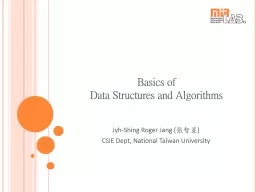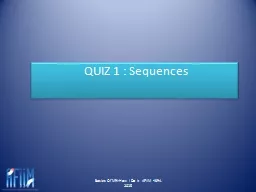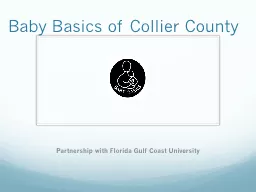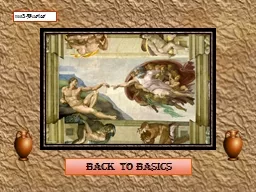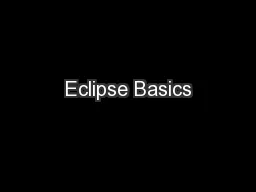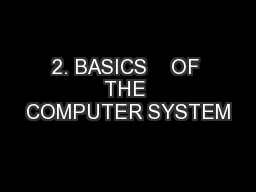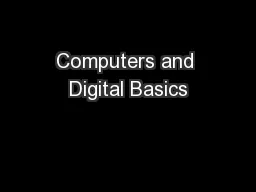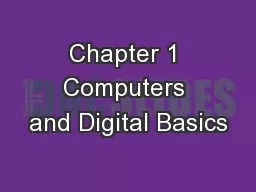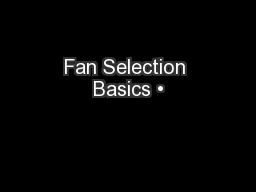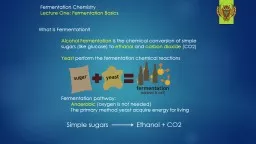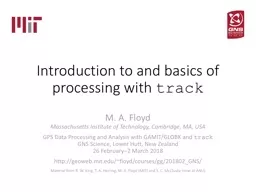PPT-Basics of
Author : lois-ondreau | Published Date : 2016-10-20
Data Structures and Algorithms JyhShing Roger Jang 張智星 CSIE Dept National Taiwan University Programming Coding Programming Building a house Requirements
Presentation Embed Code
Download Presentation
Download Presentation The PPT/PDF document "Basics of" is the property of its rightful owner. Permission is granted to download and print the materials on this website for personal, non-commercial use only, and to display it on your personal computer provided you do not modify the materials and that you retain all copyright notices contained in the materials. By downloading content from our website, you accept the terms of this agreement.
Basics of: Transcript
Download Rules Of Document
"Basics of"The content belongs to its owner. You may download and print it for personal use, without modification, and keep all copyright notices. By downloading, you agree to these terms.
Related Documents

